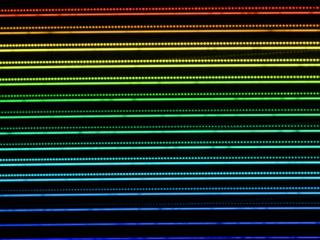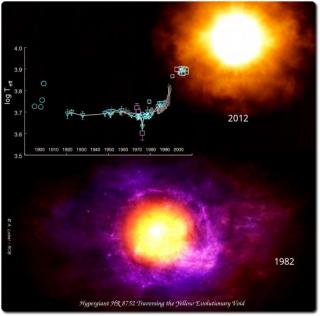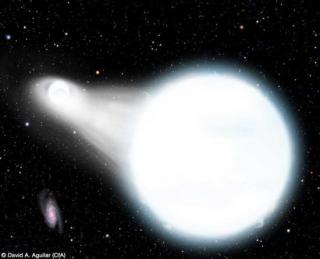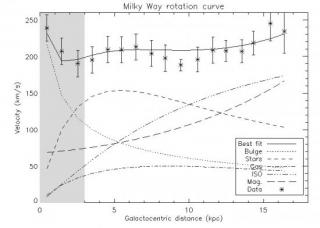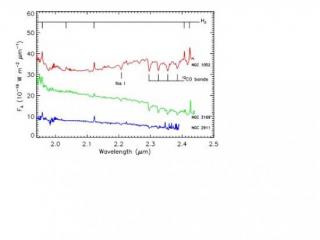
We present observations of the molecular gas in the nuclear environment of three prototypical low luminosity AGN (LLAGN), based on VLT/SINFONI AO-assisted integral-field spectroscopy of H 2 1-0 S(1) emission at angular resolutions of ~0.17”. On scales of 50-150 pc the spatial distribution and kinematics of the molecular gas are consistent with a rotating thin disk, where the ratio of rotation ( V) to dispersion (σ) exceeds unity. However, in the central 50 pc, the observations reveal a geometrically and optically thick structure of molecular gas ( V / σ < 1 and N H > 10 23 cm -2) that is
Advertised on

